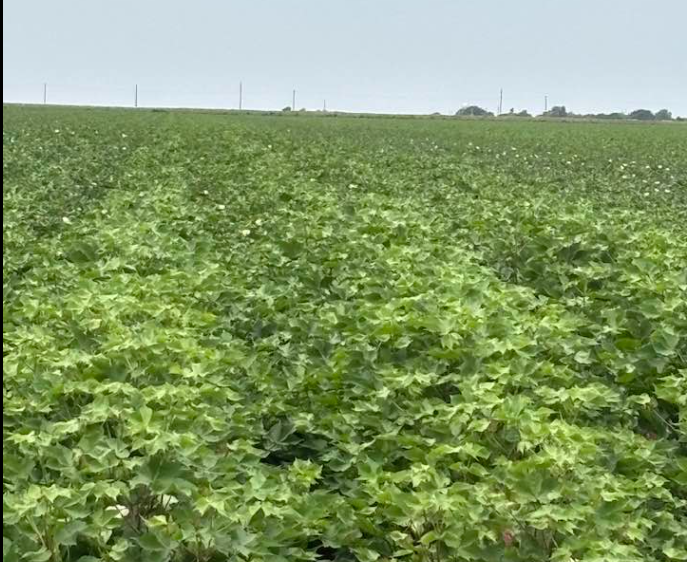
Troy Marshall, USDA NASS state statistician, said the August crop production report offers “a glimpse of what that production is anticipated to look like, if it should realize.” In Oklahoma, “corn production saw about a 44% increase, up about 57.9 million bushels,” due to “improved yields and expansion in overall harvested acres.” Sorghum production was “up 55% over last year,” soybeans saw a “1.9% increase,” and cotton had a “74% increase over last year” following drought impacts in 2023. Hay production, however, was “down about 4% to about a 5.7 million pound production” due to early wet weather.
He noted there was “no change on our yield and production here in Oklahoma for wheat” in the August update. Looking to neighboring states, Marshall said Kansas corn production rose “about 15% over last year,” sorghum was up “about 21%,” but soybeans fell “about a 5.8% decrease” due to reduced acreage and slightly lower yields. Kansas cotton production was “down about a 30% to about 140,000 bales,” while hay production rose “about 35%.”
In Texas, Marshall reported corn production “increased about 18% to 246 million bushels” and sorghum was “up about 10% to 99.1 million bushels.” Soybeans dropped “about 31% due to reduction in acres and lower yields,” while cotton saw a “26% increase totaling about 5.14 million bales.” Texas hay production was “down about 13% to about a 10.3 million pound production.”
When asked about the biggest difference from last year, Marshall credited weather. “We finally did get some rain across our area, those early rains are big factor into these summer crops.” While some moisture “hindered a little bit of planting” and caused delays, “overall, we’re just seeing more moisture, a big impact of why we’re seeing the changes for this year.”
Looking ahead, Marshall explained that in September USDA will “look at all these summer crops, talk to producers and see any differences” and conduct “objective yield plots, looking at ear to length, counting seeds, threshing as it gets closer to harvest.” September will also bring the “small grains annual summary where we’ll finalize small grain crops” such as wheat for the year.
To read the complete report, click this: crop0825.pdf


















